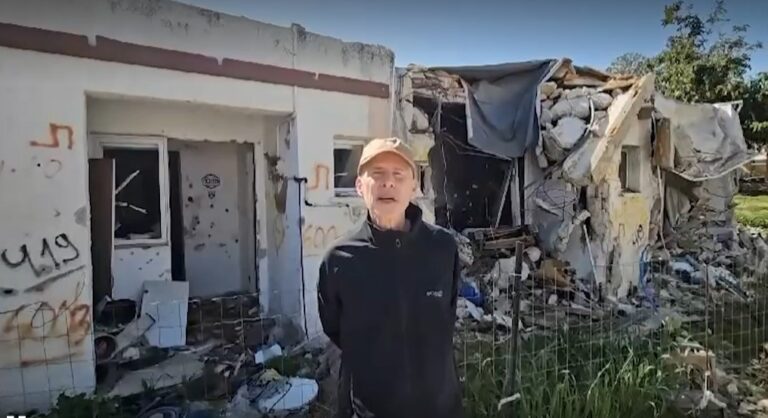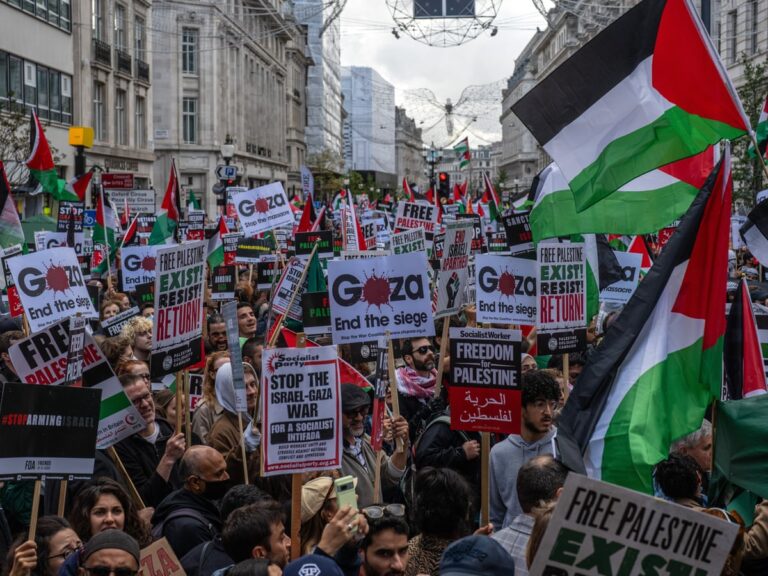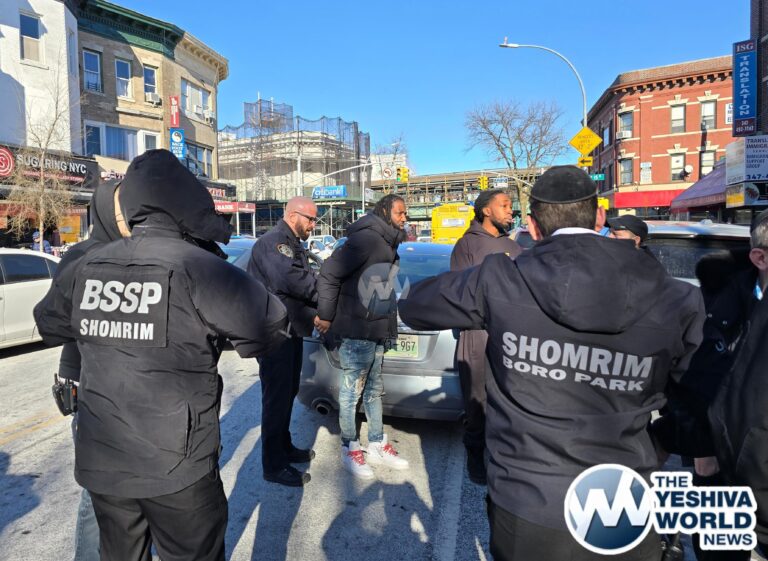(By: Rabbi Dovid Heber)
1. Q. What is a total solar eclipse?
A. A total solar eclipse is when the moon totally blocks the sun. It turns dark during the middle of the day and stars become visible. The corona (the sun’s outer atmosphere that normally cannot be seen) is also visible and appears as a pearly glow around the dark side of the moon that covers the sun.
2. Q. When will it occur?
A. It will occur this Monday, Erev Rosh Chodesh Elul, August 21, 2017. The exact time will depend on one’s location. The maximum amount of totality in any one location will be 2 minutes and 40 seconds.
3. Q. From where can one view the total eclipse?
A. The total eclipse will be visible along a narrow band from Oregon to South Carolina. Major metropolitan areas in this path include parts of Kansas City, St. Louis, Nashville, and Charleston, SC.
4. Q. What if it’s cloudy?
A. If it is cloudy it will still get dark, however, most of the other fascinating aspects of this experience including watching the moon slowly cover the sun and viewing the sun’s corona around the sun during totality will not be possible.
5. Q. What is a partial solar eclipse and from where will it be visible?
A. A partial solar eclipse is when the moon covers only part of the sun during which time there are darker conditions and a partially blocked sun is visible. This coming Monday, it will be visible from all regions of North America. For example, New York City will see a partial eclipse (about 70% of the sun will be blocked) that will peak at 2:44 pm.
6. Q. Is it dangerous to view a solar eclipse and if so how does one protect himself?
A. YES! IT IS ALWAYS DANGEROUS TO LOOK AT THE SUN. This is true even when it is partially covered. Looking at the sun without proper protection can G-d forbid cause permanent eye damage and even blindness r”l. This point cannot be stressed enough. The only time during an eclipse that it is safe to look at the event is during totality when the sun is totally covered and only the sun’s corona is visible. One should use special “eclipse glasses” (not regular sunglasses) from a certified and reputable source. Inspect them to ensure they are not scratched or damaged. Use these filtered shades during the entire partial phase – both before and after totality. If one is in an area where only the partial eclipse is visible, these special glasses must be used the entire time while viewing the event.
7. Q. What is a lunar eclipse?
A. A lunar eclipse occurs when the earth is situated directly between the sun and moon and the earth blocks the sunlight from reaching the moon. The shadow of the earth covers the moon so that the full moon becomes darkened in the night sky.
8. Q. Is a bracha recited on an eclipse?
A. No. Although a bracha is recited on other niflaos haboray such as an earthquake, thunder and lightning, a bracha is not recited upon viewing a solar or lunar eclipse.
9. Q. What other inyanei halacha and hashkafa are discussed in relationship to an eclipse?
A. The Gemara (Sukka 29a) has various memrahs about eclipses. The Gemara states that a solar eclipse is a siman rah l’ovday kochavim and a lunar eclipse is a siman rah l’sonayhem shel Yisroel (a euphemism for Klal Yisroel). The Gemara continues and says that when Klal Yisroel does the Retzono Shel Makom (the will of Hashem) we have nothing to be afraid of. The Bais Yosef (Orach Chaim 426) addresses the impact of a lunar eclipse on the latest time to recite Kiddush Levana and how a solar eclipse does not have the same impact. The Chovos Halavavos (Cheshbon Hanefesh 3:23) mentions how a lunar and solar eclipse are great niflaos haboray (wonders of our Creator). Rabbi Shmuel Pliskin zt”l, a talmid of the Yeshiva in Radin, in an article published in the monthly Eretz Yisroel Torah Journal titled “Bais Yaakov” (Elul 5722/1962, Page 13 – see here ) indicates the following. The Chofetz Chaim instructed the residents of Radin to view a solar eclipse (that occurred in Radin) to see how the Ribono Shel Olam slowly ceases the koach of the mighty sun, which is worshipped by some nations as an Avoda Zarah, to show that the sun was nivra (created) and is a not a borei (creator). The article goes on to describe how everyone gathered together with the Chofetz Chaim early in the morning to view this great event.
10. Q. When will the next total solar and lunar eclipses be visible in the Continental US?
A. The next total solar eclipse visible in the Continental United States will be April 8, 2024,
Erev Rosh Chodesh Nisan 5784. Totality will be visible from Dallas, Indianapolis, Cleveland, Buffalo, and parts of Montreal. The next two lunar two eclipses visible in the Continental US will be on Tu B’Shvat 5778, January 31, 2018 (only partial on the East Coast) and on Tu B’Shvat 5779, Jan. 20-21, 2019 (total throughout the Continental US). May we be zoche to greet Moshiach before these times.
NOTE: Paste and copy into your browser the below links:
Audio shiur given by Rabbi Heber in Baltimore on eclipses:
Audio shiur given by Rabbi Heber in Chicago on eclipses: http://bit.ly/2vD0XoT
(YWN World Headquarters – NYC)











